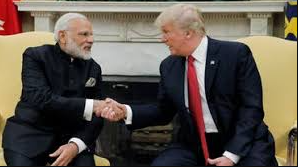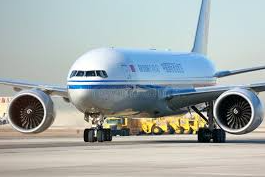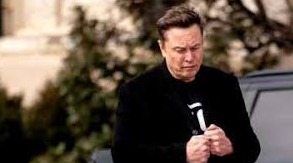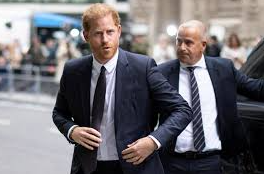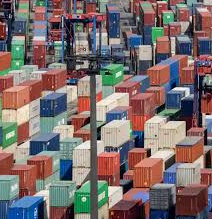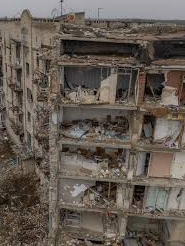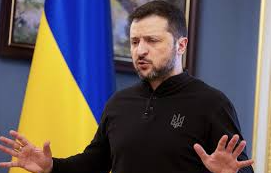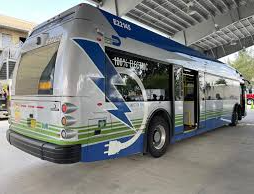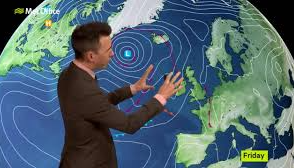India Looks to Strengthen Relations with the US through Increased Defence Purchases and Energy Cooperation
On Thursday, February 13, US President Donald Trump and Indian Prime Minister Narendra Modi held discussions in Washington aimed at lowering trade tensions between their countries. The talks centred on potential deals for India to increase its purchase of American defence equipment, including combat aircraft and oil, in an effort to balance trade relations. Trump stated that Modi had shown a willingness to ease tariffs, which could prevent a trade war from escalating.
The two leaders’ dialogue comes after Trump’s announcement of a new initiative to implement reciprocal tariffs on nations that impose high duties on US imports, a move that was seen as targeting both allies and adversaries alike. Although many of Trump’s goals remain aspirational, India’s plans to purchase more US defence hardware, particularly F-35 stealth fighters, and make the US the primary supplier of its oil and gas were major points of focus. Modi also mentioned India’s ambition to double trade with the US by 2030.
“India has committed to buying billions of dollars worth of US defence equipment, including fighter jets,” Trump said during a press briefing. “We’re paving the way for India to ultimately receive the F-35 stealth fighters,” he added, noting the importance of such agreements in strengthening bilateral ties.
Despite the positive rhetoric, it remains uncertain whether the trade issues between the two nations will be fully resolved through these talks. Trump reiterated his criticism of India’s high tariffs, claiming that the US would match them. “We are being reciprocal with India,” he remarked. “Whatever India charges, we charge them.”
However, both leaders expressed optimism that their respective trade teams could finalise agreements quickly, with a senior US official suggesting a potential deal could be achieved within the year. Modi echoed the sentiment, stating that both nations’ national interests were paramount. “Like President Trump, I also keep India’s national interest above all else,” he remarked in the Oval Office.
In addition to trade, the two leaders also explored expanding security cooperation in the Indo-Pacific region, with a clear emphasis on countering China’s influence. They also discussed joint initiatives in technology, particularly artificial intelligence, and nuclear energy.
While no mention was made of Indian billionaire Gautam Adani’s recent legal troubles in the US, there were indications that the situation may have been touched upon during the meeting. Adani’s close ties to Modi and his rapid rise in the energy and infrastructure sectors have been subjects of controversy, though both men have denied any wrongdoing.
Experts suggest that while India is prepared to accept some trade friction with the US, there is a limit to how much they will tolerate. “It’s going to be a boxing match,” said Richard Rossow from the Centre for Strategic and International Studies. “India will take some hits, but there’s a limit.”
The trade imbalance remains a significant point of contention, with the US carrying a $45.6 billion trade deficit with India. While the US’s average tariff rate stands at 2.2%, India’s is much higher at 12%. Trump is also keen to address India’s role in unauthorised immigration to the US, particularly the flow of tech workers and others on work visas.
Modi’s visit also included meetings with high-profile figures such as Elon Musk, whose company, Starlink, is exploring expansion into India. Modi’s discussions with Trump’s national intelligence director, Tulsi Gabbard, centred on enhancing counter-terrorism and cybersecurity cooperation.
As both nations continue to grapple with their geopolitical challenges, particularly in relation to China, India’s growing role in Trump’s strategy to counter Chinese influence is becoming increasingly important. Modi has expressed concerns that the US might negotiate with China in ways that could exclude India, and Trump acknowledged that he hoped to assist in resolving the ongoing border disputes between India and China.
India has also maintained its ties with Russia, despite Western efforts to isolate Russia due to its invasion of Ukraine. Modi reiterated that India’s stance in global politics remains one of peace, despite these complex alliances. “India has a side, and that side is peace,” he concluded.
